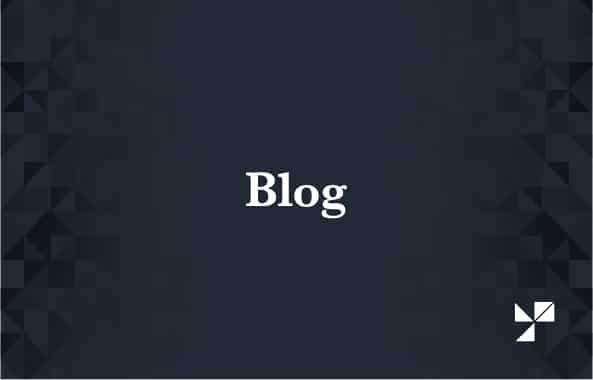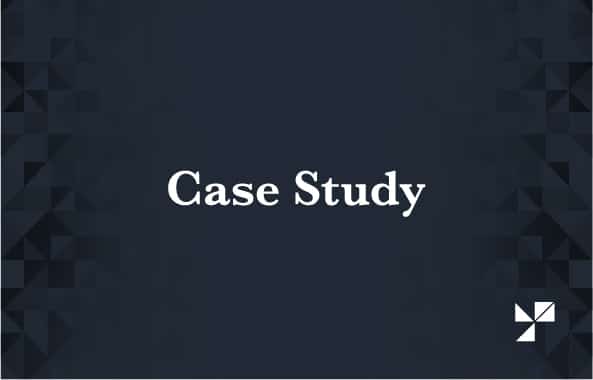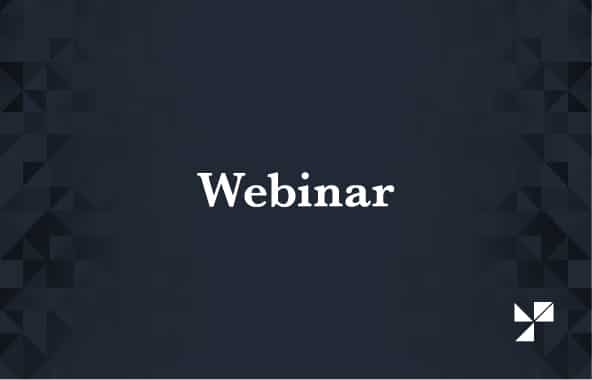The manufacturing sector is one of the primary beneficiaries of the Research & Development Tax Credit (R&D Credit). The most recent data from the IRS Statistics of Income (SOI) report estimates that manufacturing companies claimed $7.4 billion in credits, accounting for 59 percent of the $12.6 billion awarded to C corporations. Within the numerous industries that make up the manufacturing sector, there are a variety of commonly asked questions regarding what costs and activities can be included as Qualified Research Expenditures (QREs).
We bought a lot of new equipment to run our R&D testing. Can we include the cost of the new machinery/equipment as R&D expense?
The cost of new machinery/equipment cannot be included in the R&D credit calculation because it is a depreciable asset. Only tangible, non-depreciable material utilized in testing or to build prototypes and samples can be included as supplies QREs. However, time spent by employees to develop a new or improved manufacturing process that utilize the new equipment is likely to be qualified.
We have a team of Sales Engineers, can we include their time?
Technical sales employees can be included in the calculation if they are involved in the technical conceptualization and research of potential solutions during the sales process. This includes activities such as preliminary conceptualization, determining the feasibility of requirements and potential solutions, and assisting the design team with creating the best solution. For example, if sales team members are working with the company’s engineers to help determine the client’s requirements and potential solutions, that time could be included. Time that would be excluded relates to the relationship building, pricing, and negotiating amongst other non-technical activities.
How about our lead shop personnel who create new manufacturing processes or machining programs?
It is common for us to see experienced shop floor leaders who are directly contributing to the technical development of new or improved manufacturing processes and/or machining programs. The time these individuals spend on those technical development activities can be included in a company’s R&D Credit claim. Additionally, time spent evaluating trial runs of a new/improved process, working with the engineering or design team to develop a new product and corresponding process, or fabricating and evaluating prototypes may also be qualified. When assessing the qualifications of an employee who is part of the production team, it is important to ensure that only employees who contribute to technical advancements are included as well as only the time spent on those technical developments.
Can we include travel costs? Time spent doing research at another facility? What about a US based team visiting a facility overseas?
Travel costs are not includable in the R&D Credit. These costs are directly excluded within the Internal Revenue Code (IRC) as well as other similar costs such as meals & entertainment, telephone expenses of researchers, lease expense, and professional dues or royalty/license expenses. The time spent performing research at another facility may be qualified depending on the location of the facility and the work being conducted. If the facility is in the United States, Puerto Rico, or any possession of the U.S., the work can be included in the R&D Credit if it meets the requirements of a qualified activity.
Can we include a new CRM or ERP system that was purchased and the time dedicated to implementation?
The purchase expense of a commercially available software cannot be included as a qualified expense for the R&D Credit because typically no new development is taking place. Likewise, the time spent on configuring and implementing a new administrative system such as a CRM or ERP system is generally not qualified. However, if a business is developing specialized add-on applications, features, or integrations for the purchased system, there are potentially qualifying expenses within those activities.
Do electric/utility overhead costs count as R&D expenses? What about rental of an R&D facility?
Unlikely – utility expenses are considered general and administrative expenses which cannot be included as a R&D expense. An exception to this rule is if the taxpayer is able to establish the following for utility expenses to be considered qualified: 1) That qualified research is of a “special character,” 2) That the special character of the qualified research “required” the utilities expenses, and 3) That the required utilities expenses are both “additional” and “extraordinary.”
Manufacturers that routinely develop new or improved products or manufacturing processes, whether for internal or client driven projects, are excellent candidates for the R&D Tax Credit. While there are certain principles and scenarios that can be applied across the sector, each business will have unique circumstances and scenarios to evaluate.
If you have any questions about the R&D Credit qualifications or McGuire Sponsel’s approach to R&D Credit claims, do not hesitate to reach out.
-
Tanner Niehaus, CPA
Tanner Niehaus is a senior consultant and CPA in the R&D Tax Credit Practice.
Tanner has expertise in qualification criteria for the R&D credit and works with clients across a variety of key industries to help them build sustainable credits.
Recent Resources
-
R&D Tax Credit ServicesJune 29, 2022
R&D Credit Eligible Supplies Expenses
by David Seibel & Tanner NiehausOne category of expenses that can present challenges when evaluating and claiming the R&D Credit is “supplies used in the...
-
R&D Tax Credit ServicesJune 8, 2022
R&D – Packaging Manufacturer
by David SeibelMcGuire Sponsel worked with a leading packaging manufacturer to do both a current year and retroactive R&D Tax Credit study....
-
R&D Tax Credit ServicesMay 31, 2022
Blog Series: Navigating the R&D Tax Credit
by David Seibel & Tanner NiehausThe R&D Tax Credit is one of the most subjective areas of the tax code and many businesses believe they...
-
R&D Tax Credit ServicesApril 29, 2022
The R&D Tax Credit in 2022 and Beyond
by David SeibelThe R&D Tax Credit is one of the most subjective areas of the tax code. With the IRS placing more...




